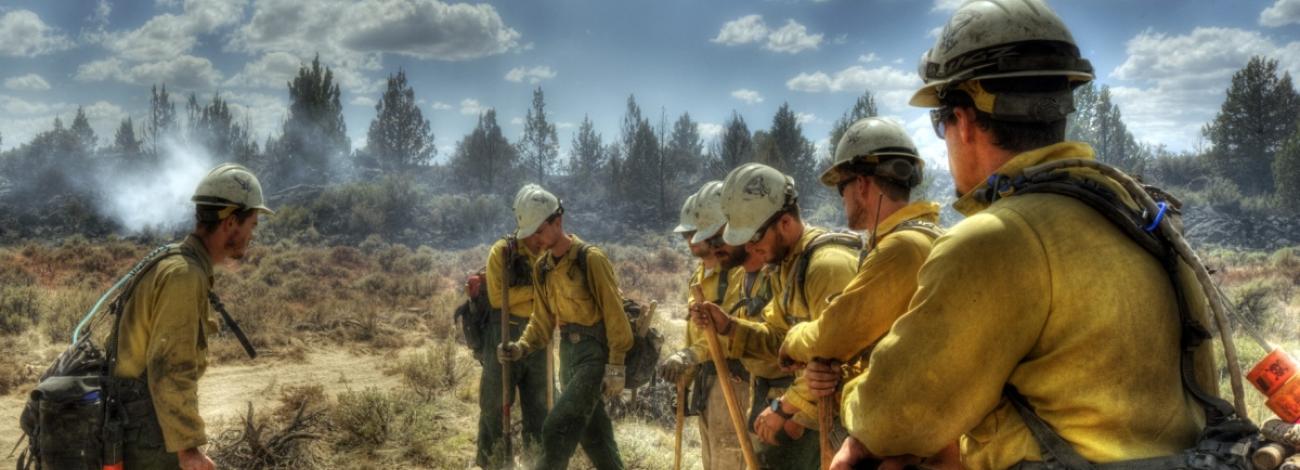
About the BLM Fire program
The Bureau of Land Management Wildland Fire Management program is the largest and most complex fire program within the Department of the Interior. The BLM represents 61% of DOI’s fire-related workforce and is directly responsible for fire management on more than 245 million acres of public lands, predominantly in the western United States and Alaska; wildfire is prevalent across much of this landscape. This land is commonly intermixed with other federal, state and local jurisdictions, making partnerships and collaborative efforts crucial to the mission of safety and fire management. Overall, BLM Fire implements fire protection on approximately 650 million acres of public land with other fire management agencies and manages fuels treatments to reduce wildfire risk and support healthy ecosystems across the landscape.
Unique fire management challenges
Most BLM-managed public lands are composed of non-forested shrub and grass ecosystems. Invasive plants, which make landscapes more flammable, are present in many of these ecosystems. Cycles of frequent wildfire followed by invasive plants are impacting vast areas of the western U.S., particularly in the sagebrush-steppe ecosystem. Because of the fire and invasives cycle, many western ecosystems are experiencing too much wildfire compared to historical fire regimes. Suppressing wildfires in these ecosystems is costly and puts wildland firefighters at risk.
The BLM is working to preserve ecosystems that are currently not impacted by invasive plants while restoring ecological balance in other ecosystems where invasive plants are changing the landscape and increasing wildfire risk. This work supports healthy public lands, reduces wildfire risk and decreases wildfire suppression costs.
